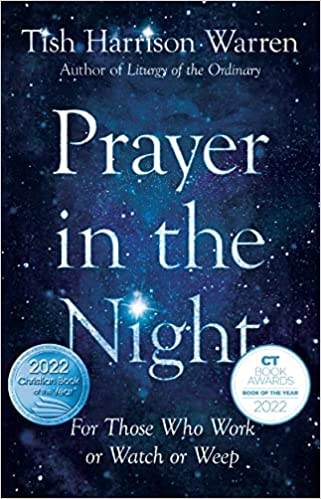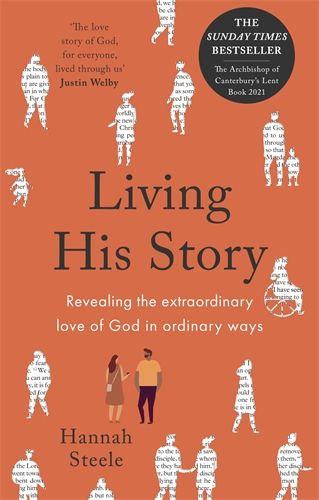Prayer in the Night – Those Who Watch: Attention
Watching is a craft to develop. To watch is to wait, patiently. Watching implies attention, yearning, and hope. If the fear in the night tells us that grace will not be enough, then in watching we must be attentive to the grace that is there.
Prayer in the Night – Those Who Watch: Attention Read More »


